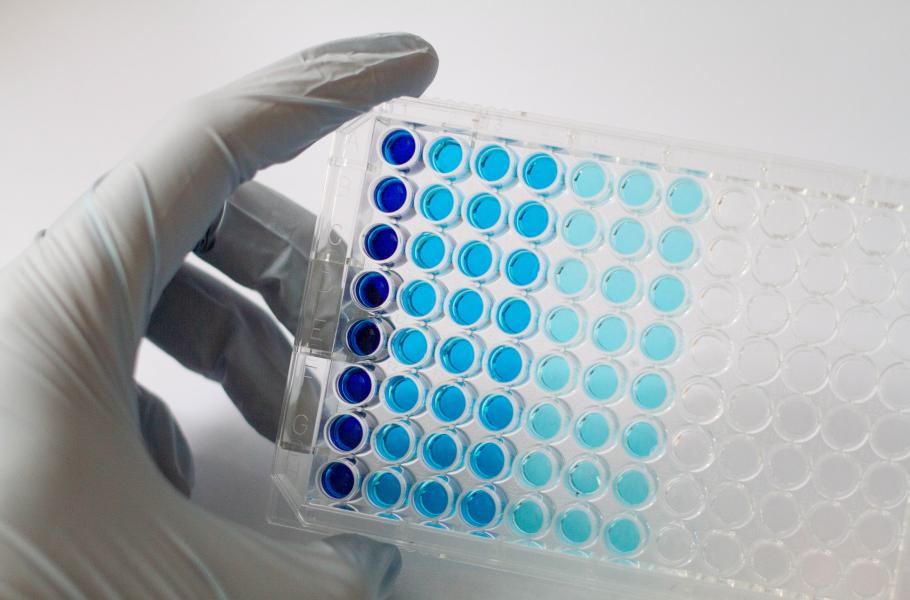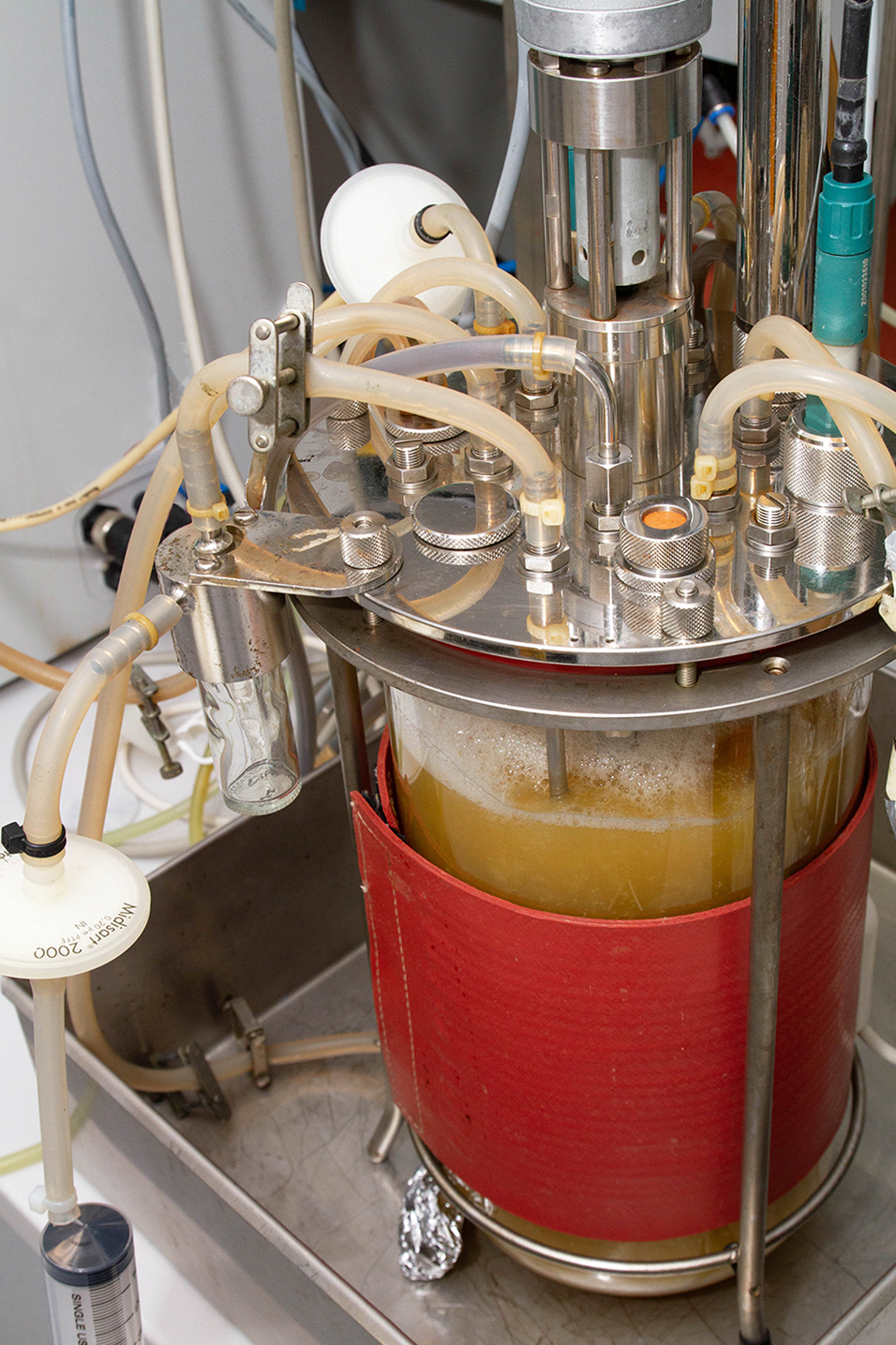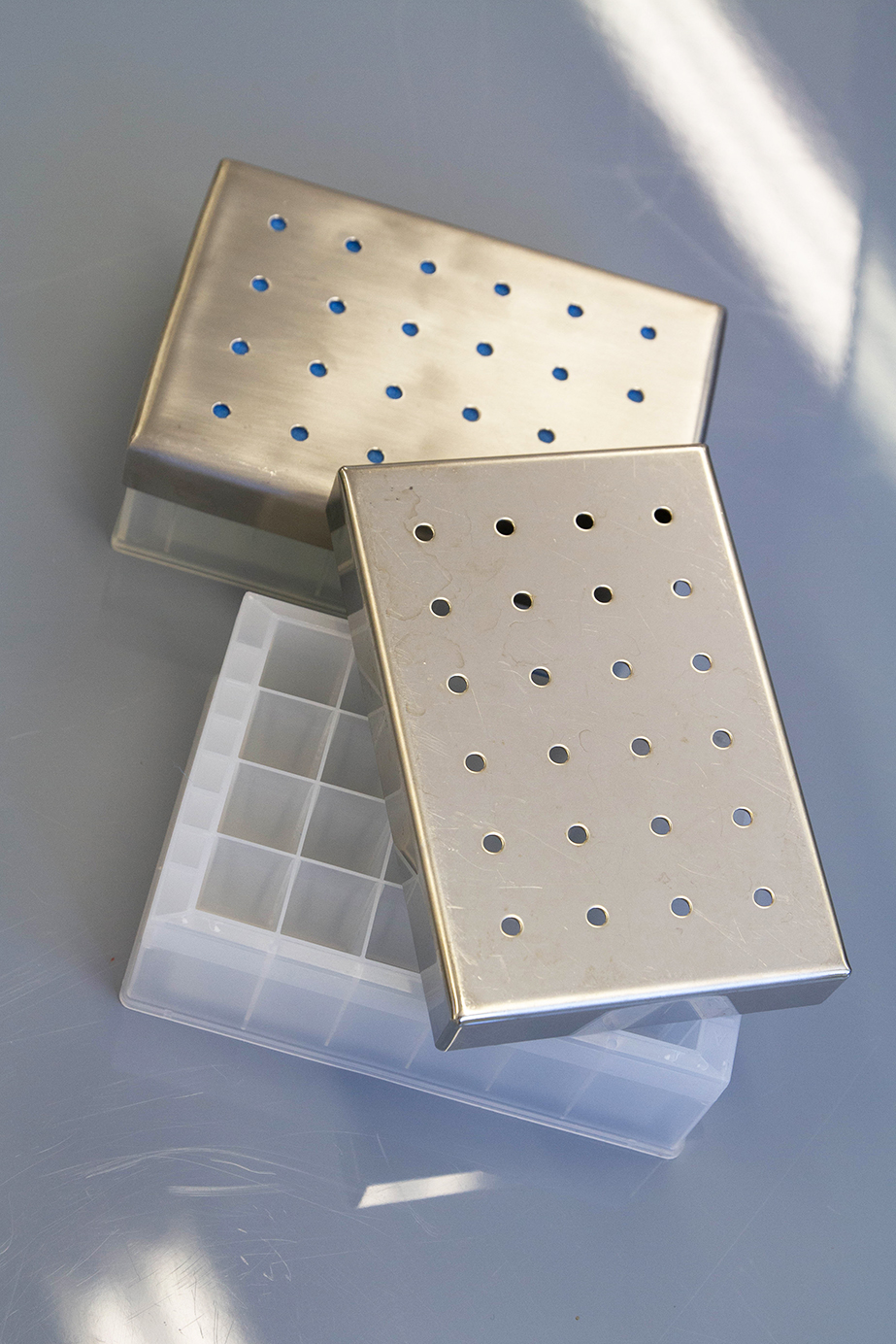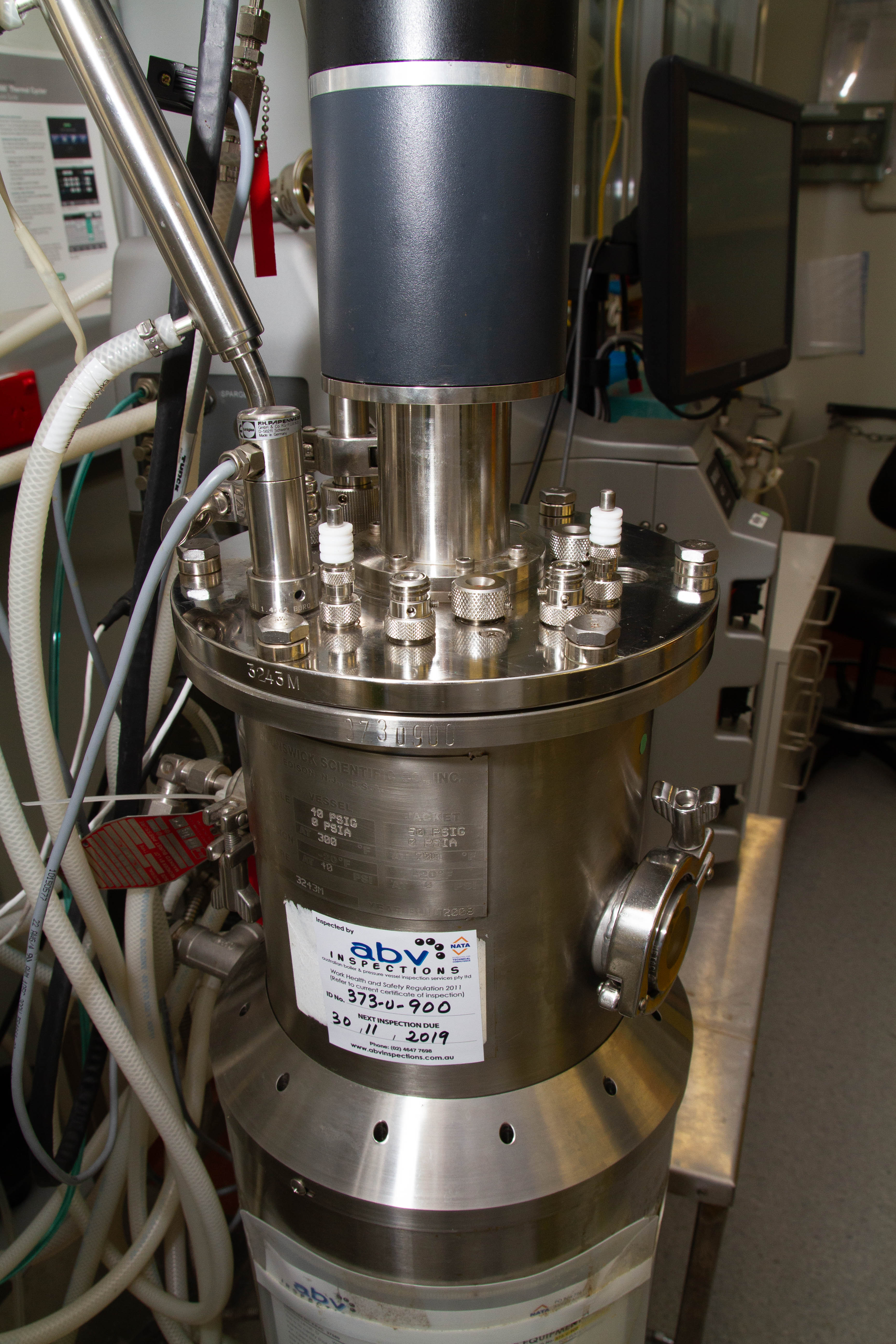Protein expression

Researchers require proteins to study their activity, function and structure. The best way to manufacture proteins is to use living cells. DNA can be manipulated to incorporate specific genes, which code for the researcher’s protein of interest. The DNA can then be introduced into an expression module (vector) and then transformed into a suitable cell host, which makes the proteins. Proteins produced from manipulated DNA are called recombinant proteins. Different cells or expression systems can be used to produce recombinant proteins, the most common of which are bacteria, yeast and mammalian cells. Each expression system has its advantages and disadvantages and the RPF staff can guide your selection for the best outcome. For example, bacterial expression systems require simple media, are low cost and easily scaled up. However, proteins requiring post-translational modifications will require more complex expression systems.
At the RPF, we can screen for optimal expression conditions using different expression systems, strains, induction conditions and media using our Micro-bioreactor for 24 and 96-well incubation (1 to 4 mL cultures) or shake flasks in our shaker incubators (at ambient and sub ambient temperatures)
If you choose to express your protein in yeast, screening for clones with high level of expression is available.
Once an optimal expression condition is determined, the RPF staff can scale up your protein production from a few mL up to 20L of culture.
 |
 |
 |